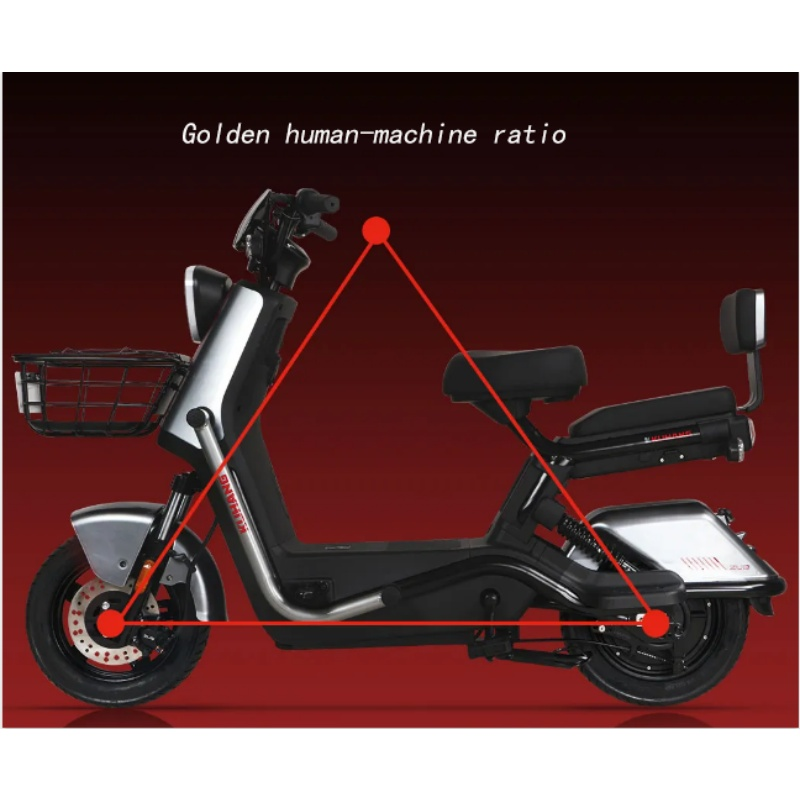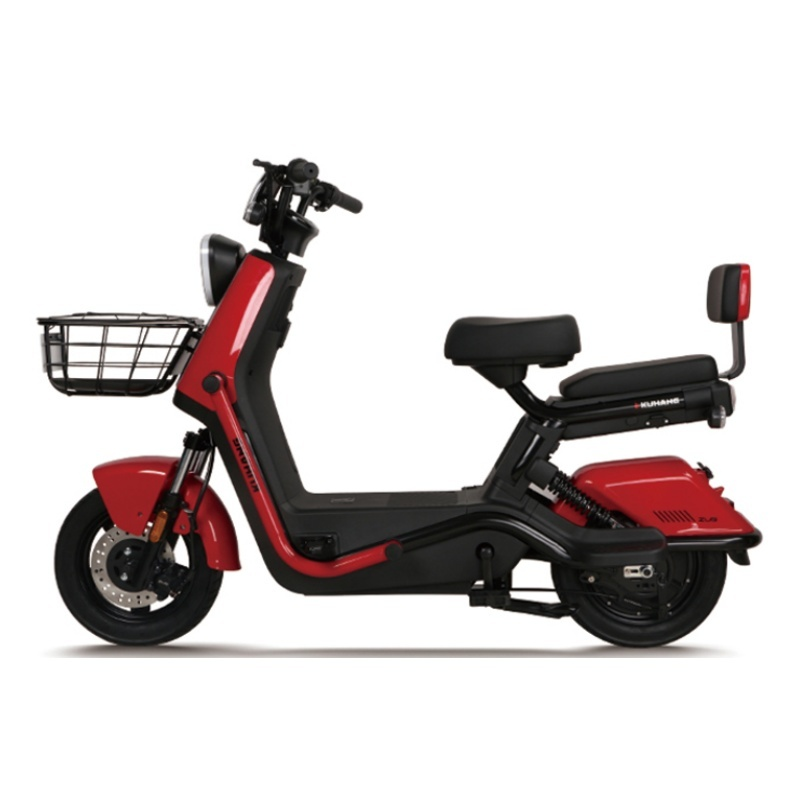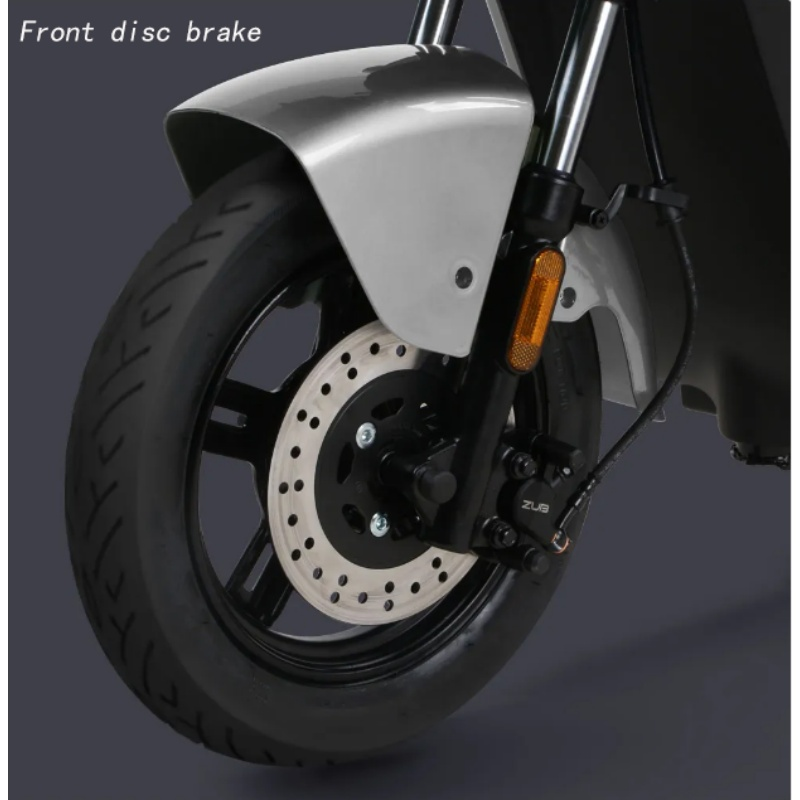eco bike price
The eco bike price represents a significant consideration in the growing sustainable transportation market, offering an attractive balance between environmental consciousness and economic feasibility. Modern eco bikes typically range from $800 to $3,000, depending on specifications and features. These vehicles incorporate advanced electric motor systems, high-capacity lithium-ion batteries, and intelligent power management technologies that optimize energy consumption. Entry-level models usually feature basic electric assistance and modest battery ranges of 20-30 miles, while premium options offer extended ranges up to 60-80 miles per charge. The price point often correlates with battery capacity, motor power output (typically 250W to 750W), frame materials (aluminum or carbon fiber), and additional features such as LCD displays, integrated GPS, and smartphone connectivity. Many models include regenerative braking systems, multiple assistance levels, and adjustable power outputs to suit different riding conditions. The pricing structure also reflects warranty coverage, after-sales support, and the manufacturer's reputation in the market. When considering the total cost of ownership, factors such as maintenance requirements, battery replacement costs, and energy consumption should be evaluated against traditional transportation expenses.


